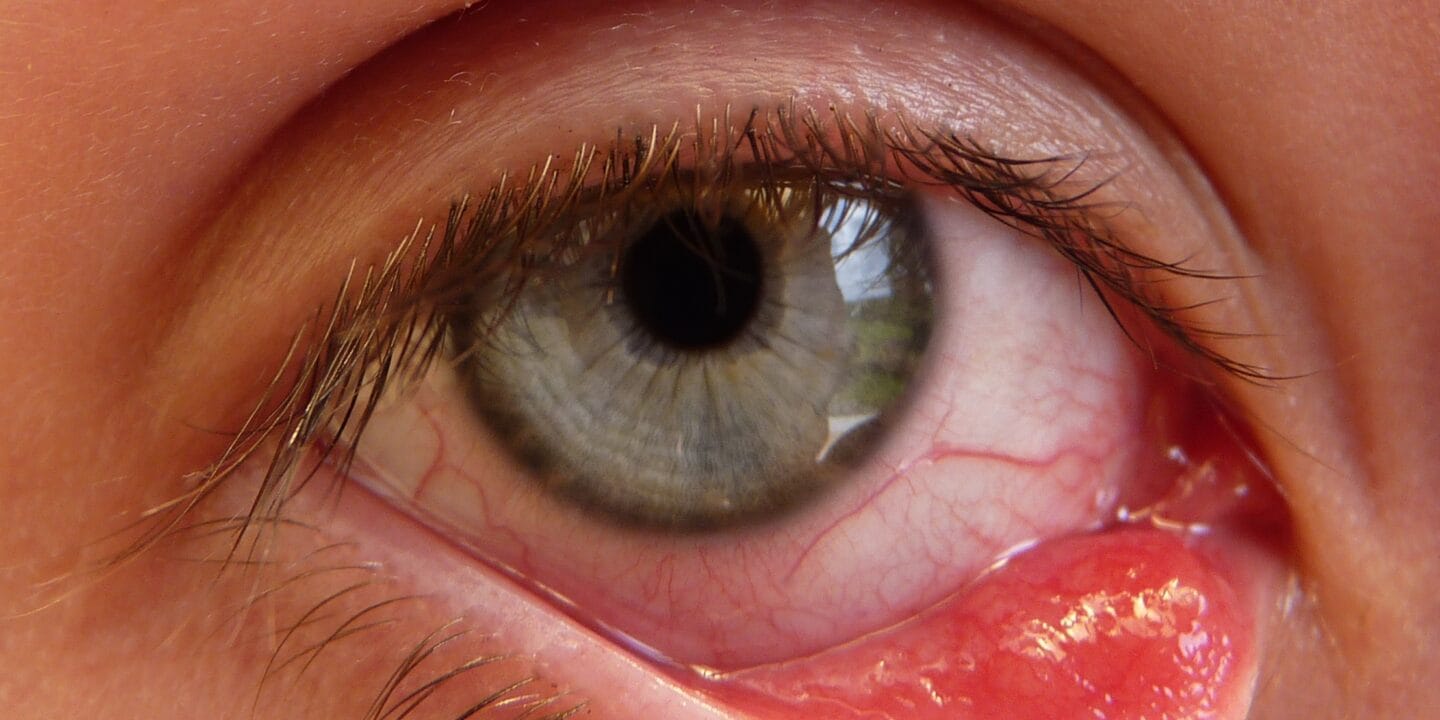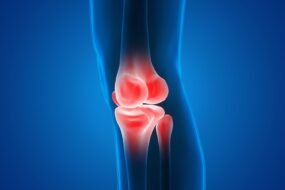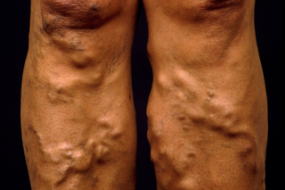
Hordeolum is an acute focal inflammation of oil glands found in the eyelid. It may be external or internal. It is commonly caused by infection by S aureus, causing purulent inflammation.
Pathogenesis
-Most hordeola are external due to obstruction of gland (Zeis and Moll) secretion. The resultant stasis of glandular secretions leads to secondary bacterial infection of the hair eyelash follicle and the gland.
-An internal hordeolum results from infection of the Meibomian glands.
-Because of the anatomy of the eyelid, an infection can spread to contiguous structures leading to cellulitis.
Signs and symptoms
- Lump on the eyelid
- Focal swelling on the eyelid
- Pain
- Redness
- Tenderness
- Foreign body sensation
- Photophobia
- Blurry vision- due to corneal abrasion
- Tearing
- Droopiness of the eyelid
Diagnosis
-Cultures are not indicated in uncomplicated cases
Clinical evaluation of the lump
Histological studies- can be done to rule out carcinoma, especially in persistent lumps. In hordeolum, there is polymorphonuclear cell infiltration with necrotic tissue.
Differential diagnoses
- Chalazion
- Basal cell carcinoma
- Sebaceous gland carcinoma
- Preseptal cellulitis
Treatment and management
The infection is usually self-limiting lasting approximately two weeks. However, pain and discomfort can be managed symptomatically.
Supportive– Hot compresses, analgesics, e.g., acetaminophen
Antibiotics-systemic antibiotics, e.g., erythromycin or dicloxacillin 250mg QID
-Topical antibiotics
Incision and drainage where necessary
Prevention
-Eyelid hygiene
-Proper hand hygiene
-Avoid sharing cosmetic eye tools












